William Shakespeare was a shareholder in the Globe theatre, the original pop-up
WHEN the Lord Chamberlain’s men found themselves without a theatre they simply picked up another theatre and popped up a new one on the south bank of the Thames
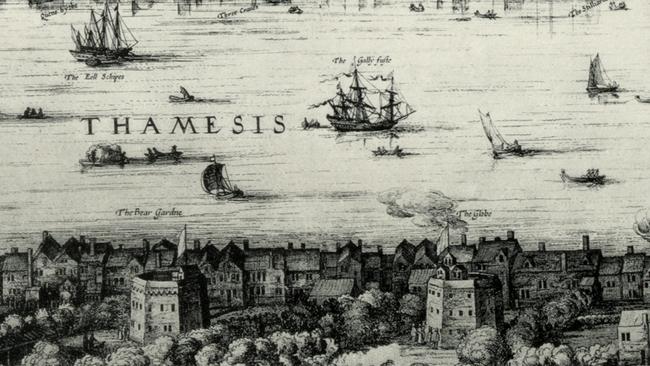
Today in History
Don't miss out on the headlines from Today in History. Followed categories will be added to My News.
THE Lord Chamberlain’s Men were in a bit of a spot. After the lease had run out on their old venue, simply named The Theatre, at Shoreditch in 1597 they had intended to move into a new theatre at Blackfriars in London, which had been built for them by their late director James Burbage.
Unfortunately, residents around Blackfriars convinced the government to ban the players from using Burbage’s new theatre, complaining it would cause disruption and bring down the tone of the neighbourhood.
Unable to go back to Shoreditch, the Lord Chamberlain’s Men were forced to rent a playhouse. But then someone had an idea, Burbage’s actor sons Cuthbert and Richard would put in money with their chief playwright and sometimes actor William Shakespeare, along with other actors in the troupe, to lease their own site and build a theatre.
Looking over their father’s old lease for the land in Shoreditch the Burbage brothers realised that although the land had reverted to the landlord The Theatre itself was still technically theirs.
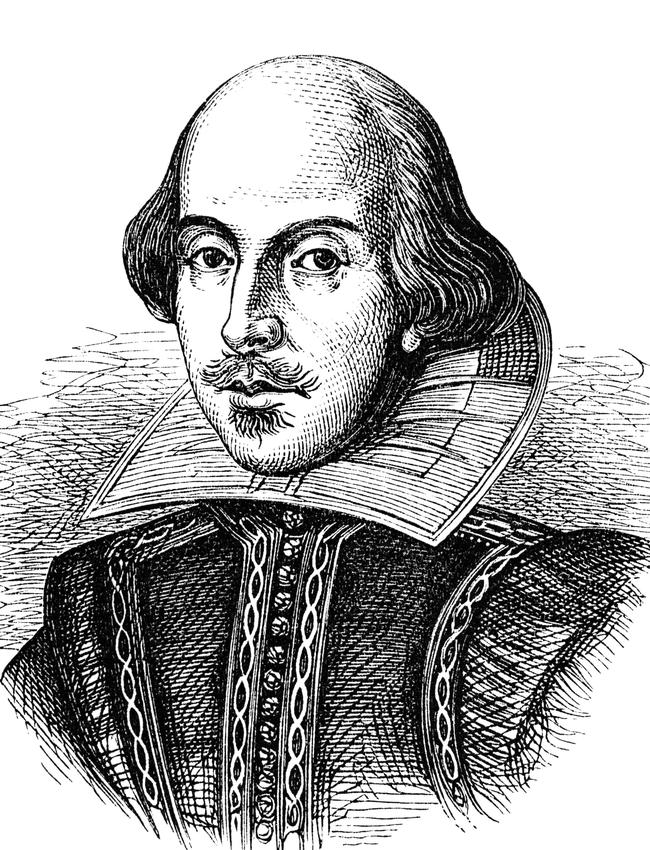
Over four nights in December 1598, while the landlord was out of town, the Burbages, Shakespeare and a cast of dozens dismantled The Theatre, storing it in a warehouse by the Thames for the winter. In spring they shipped the timbers across the river, using them to build another venue south of the river, which they named The Globe. It took seven months to build, popping up relatively quickly on the south bank of the Thames, although not as quickly as the Pop-Up Globe. which opened this week at Moore Park in Sydney. The Pop-Up Globe pays tribute to Shakespeare’s theatre, replicating the Elizabethan open-air theatre experience.
The original Globe opened in 1599 and was a huge success. It was not the first purpose-built theatre but was the most famous and successful of its era. It established a system where troupe members owned a portion of the playhouse and a share of the profits. It also established London as a theatrical hub.
Before the era of the Globe, theatre in England operated under some strictures. Apart from heavy censorship, up until the late 17th century English actors performed plays at inn yards, private homes or in other venues temporarily given over to theatre. Although the ancient Romans had built theatres when they occupied Britain from the 1st to the 5th centuries, there were no operating permanent purpose-built theatres in England until former grocer John Brayne built the Red Lion in 1567. But it was a short-lived venture that seems to have been sunk by Brayne’s lawsuits against carpenters who built it.
The next theatre to pop up was built by James Burbage. Born in about 1531, he was a joiner turned actor who married Brayne’s sister Ellen. After establishing his acting career Burbage went into partnership with his brother-in-law to build The Theatre, which opened in 1576.
It was built outside the boundary of the city of London to be out of the jurisdiction of the mayor, who was no great friend of the dramatic arts.
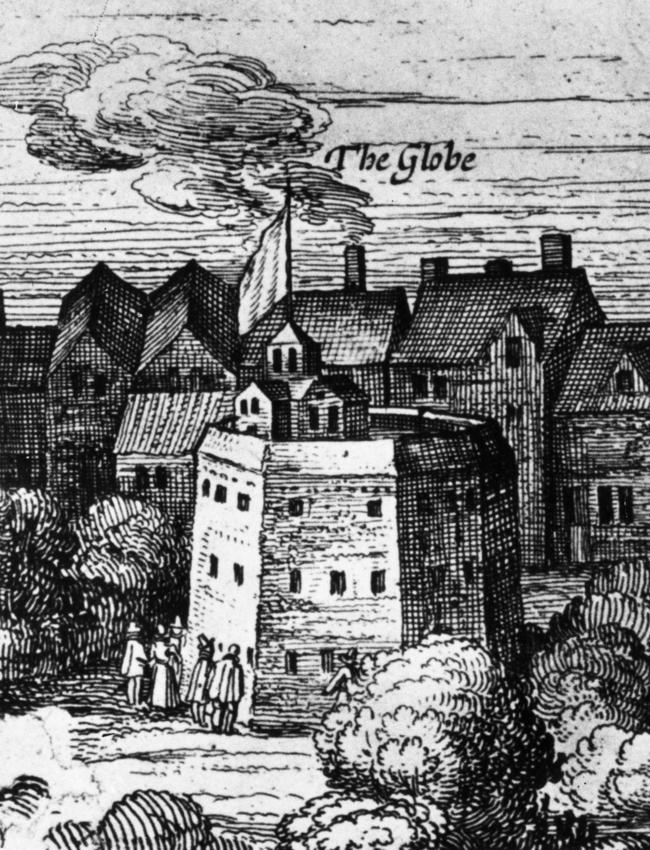
The Theatre was built in a polygonal or circular layout, based partly on arenas built for animal entertainments like bear baiting — in which dogs attacked a chained bear. The auditorium had an open roof to provide natural light, which unfortunately also put the actors at the whim of the elements. A thrust stage allowed standing audiences, known as groundlings, to get close to the action, while above them terraces of tiered seating gave wealthier patrons an unobstructed view.
Despite legal disputes between Brayne and Burbage, which even led to physical violence between the men, The Theatre was generally a success and inspired the building of others such as the Curtain in 1577. As the end of the lease on the land for The Theatre drew near Burbage built Blackfriars, hoping to move his company, the Lord Chamberlain’s Men, into this as its new home. Blackfriars had a closed roof, so the company could produce plays all year long.
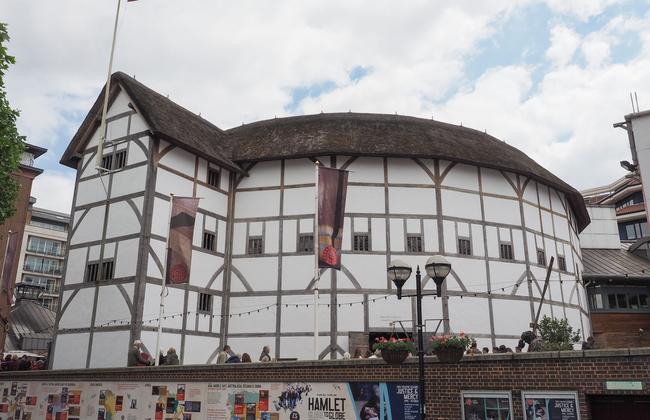
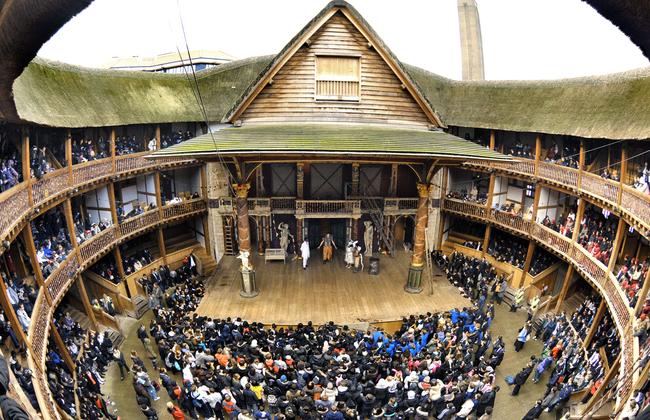
But Burbage died in 1597 and residents blocked the use of Blackfriars leaving the Chamberlain’s men without a home, until they built the Globe in Southwark in 1599, on a strip of land known as the Liberties, because it was beyond the meddling of the Lord Mayor. There they joined already established theatres The Rose and The Swan, along with the Bear Baiting arena, in what became London’s first entertainment district.
On June 22, 1613, during a production of Shakespeare’s Henry VIII a cannon being fired for a sound effect set fire to the Globe’s thatched roof. Despite efforts to put it out the theatre was destroyed, although all audience and players escaped injury.
The Globe was rebuilt with a tiled roof and reopened in 1614, but Shakespeare divested himself of his interest in the theatre. It was closed by Puritans in 1642 and the building demolished in 1644.

